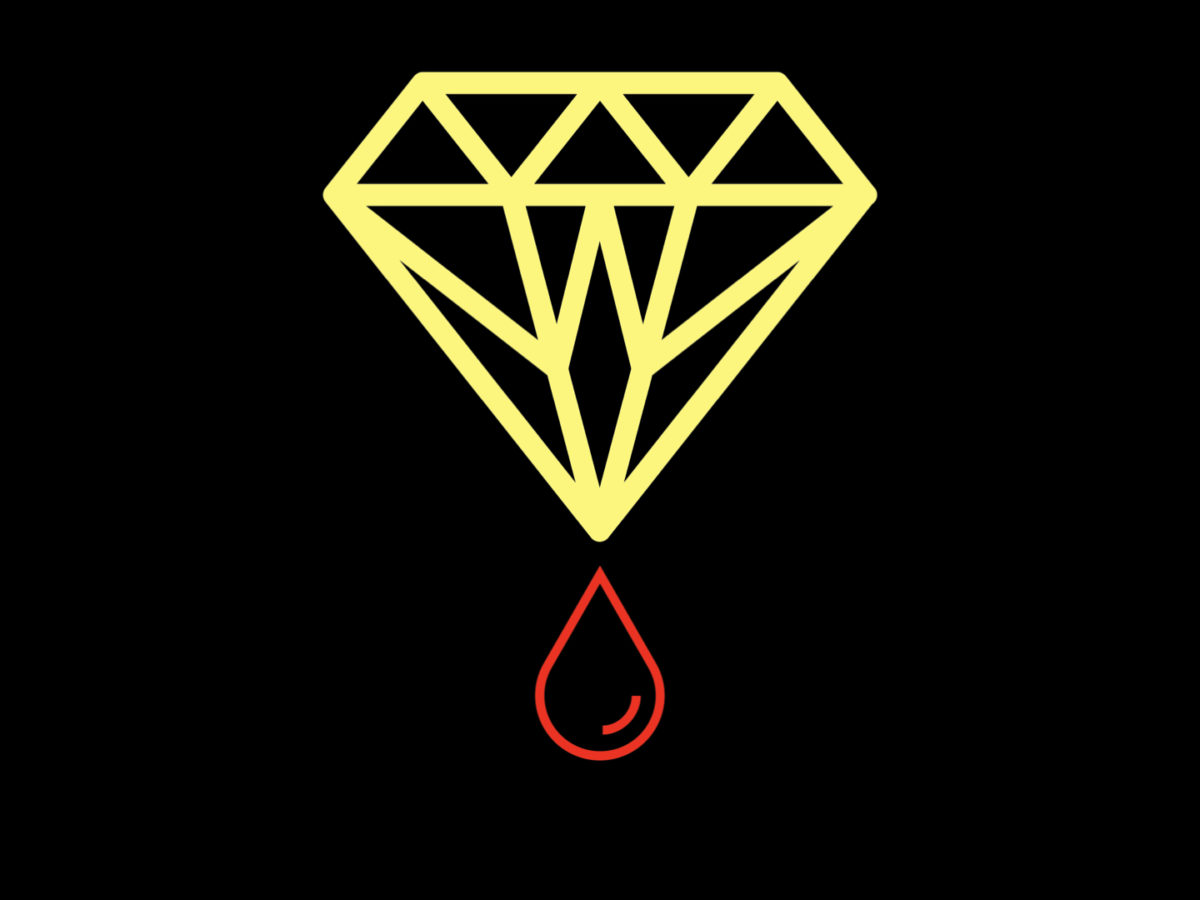Storytelling is de rigueur in marketing today. And origin stories (those describing a founder’s or product’s origin and journey to success) are the most popular of the genre.
There is an awesome power in stories, as anyone who has watched good business pitches can attest.
As humans, we’re far better at remembering tales than facts. Put a founder on stage, let her tell her story, and we feel an instant affinity for her company.
But there’s a fly in the ointment. Something that marketers eager to jump on the story bandwagon sometimes brush under the carpet. Something that can trigger a furious consumer backlash.
That is, is the story true?
storytelling turns diamonds to coal
If you want to see this gaffe in action, read this story in the New York Times.
Diamond brands like Tiffany’s were struggling to adapt to the needs of millennial buyers. Big baubles and brand names were no longer enough, it seemed.
These consumers wanted a great story to align with.
What they were really asking for, of course, was a way to ascertain their diamond wasn’t mined by children, or sold to support unsavory characters or regimes. They just wanted it put to them in a captivating story. Fair enough.
But that’s where the niggly little problem of the truth came in.
It isn’t easy to ascertain the origin of any diamond. The diamond merchandising system is (quite cynically, I’d say) opaque. You can get clarity in a rock – but don’t ask for it in a document of origin.
So these millennials were sold a tall tale instead of an authentic origin story. And judging by the fact the story made front page of the NYTimes, it caused a bit of a backlash.
Why?
The medium, not the message
I believe it comes down to the medium, not the message.
Give me a fact sheet on a diamond with wrong origin information, and I’ll be disappointed at your oversight. Give me the wrong origin in a story, and I’ll feel you’ve been playing with my emotions, not just the facts. It’s personal.
So, when in doubt… don’t lie.
It seems like a fairly straightforward rule of thumb. But straightforward has been on uncomfortable terms with marketing ever since Satan sold Eve some bad fruit.
Given an uncomfortable truth, we’re often tempted to shade it in obscure language or obfuscation. Using words like obfuscation, for example.
If your spidey sense is telling you that a key part of your story isn’t going to pass the polygraph, here’s another bit of advice: don’t use an origin story.
In Get Backed, Evan Baehr and Evan Loomis describe four types of stories that work well in a pitch setting:
- The origin story – Been there, done that.
- The customer story – This story starts with a sad consumer. The consumer discovers a product, which turns their life around.
- The market story – This story starts with a plodding, status quo industry. Then, some clever folks introduce a game-changing innovation (the car, the computer, chocolate meeting peanut butter) and the entire industry is transformed.
- The venture story – This story starts with a business (startup, usually), and details the rough and tumble adventures the business has on its way to fame and glory.
Any of these story forms work beautifully in marketing, as well as pitching.
So don’t shy away from storytelling.
Just go into the exercise with your eyes wide open, and your BS sniffer set to high. After all, it’s a powerful way of getting your message out, as long as that message doesn’t take people on a journey of half-truths.
While we’re on the subject of different forms of storytelling, you might want to brush up on your LinkedIn cocktail intro story. It’s an easy, and highly effective way to get the hang of turning your personal data into a compelling story. Here’s how to nail it.
Liked this story? Want more? Make sure to subscribe to my newsletter below, to get my insights straight to your inbox. And make sure to check out these stories:
- Are you making obvious marketing mistakes?
- How to evaluate creative ideas
- The selling of trusted, familiar ideas
If you want help with your storytelling, you can engage me for advice, coaching, or more. But first, lets have a conversation. Just book a time here.
Of course, the ultimate gift you can give me is to share this story on social media. The more readers, the better!
This story was originally published February 1, 2019, and has been updated.



